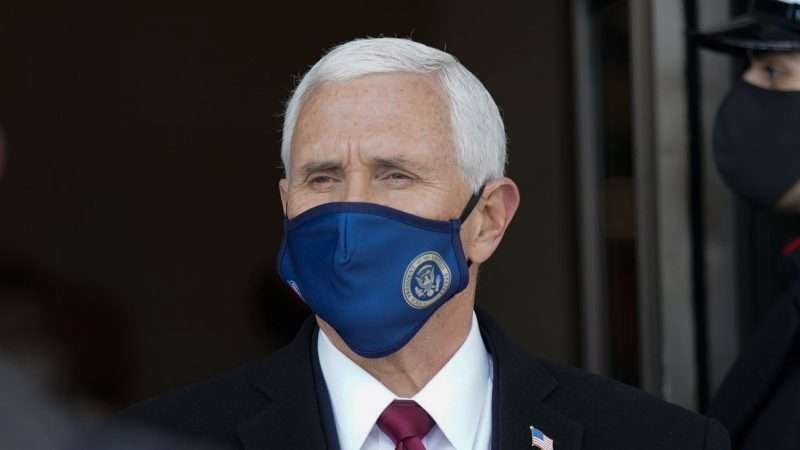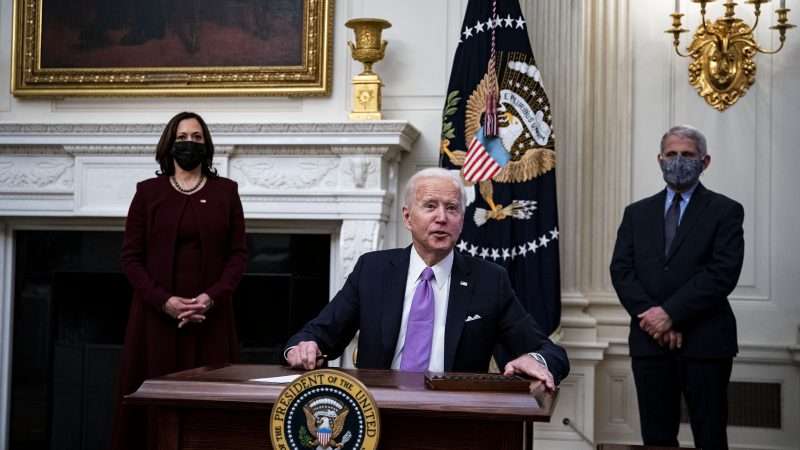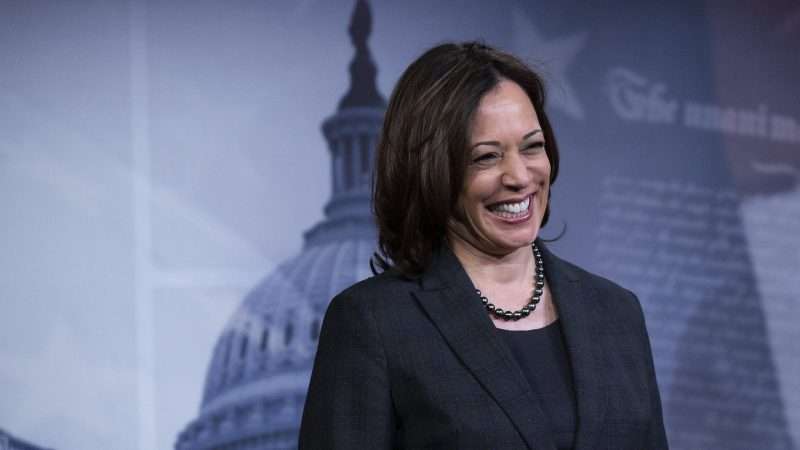In this morning’s Price v. Barr decision, Judge Colleen Kollar-Kotelly (D.D.C.) held:
[1.] Filming, including for purposes of making a film that would be commercially distributed, is protected by the First Amendment.
[2.] The permit requirements are content-based, because
[The requirements] do not apply generically to all commercial activity in national parks. To the contrary, the permitting regime applies to filming, a form of expressive speech, and specifically to a type of filming, “commercial filming.” 54 U.S.C. § 100905(a). Section 100905’s implementing regulations make this content-based distinction even more apparent, defining “commercial filming” as the “recording of a moving image by a person, business, or other entity for a market audience with the intent of generating income.” The application of § 100905’s permitting regime, therefore, necessarily turns on an assessment of whether the content of a film was meant to appeal to a market audience and generate income.
Consider, for example, the enforcement of § 100905 against Mr. Price and his film Crawford Road. To determine whether Crawford Road ran afoul of § 100905’s permitting regime, NPS officials needed to review the film and determine ex post whether the content Mr. Price included therein was geared towards a “market audience” or evinced some “intent of generating income.” 43 C.F.R. § 5.12. If, however, Mr. Price’s film was “non-commercial” or happened to feature only news worthy “information … about current events or … of current interest to the public,” the permitting requirement would not apply, see id. at § 5.4(a).
[3.] The requirements must therefore satisfy strict scrutiny, which they can’t do. The “governmental interest in revenue collection” isn’t compelling enough; and the regulations aren’t narrowly tailored to the interest in “[p]rotecting national park land and the resources it contains”:
First, § 100905 and its implementing regulations are overinclusive. On their face, § 100905 and its implementing regulations flatly require a paid permit for all “commercial filming.” This regime, therefore, requires “individuals and small groups to obtain permits before engaging in expressive activities,” just the same as it does for large groups with heavy and potentially disruptive filming equipment. Defendants offer no explanation for how the broad sweep of this permitting regime is sufficiently tailored to the government’s goal of protecting federal land….
Relatedly, § 100905’s permitting regime also excludes non-commercial filming without any consideration for the damage that activity might also cause to national parks. For example, a “non-commercial” filming production carried out by a non-profit organization or a news crew would escape the reach of § 100905’s permitting regime, even if those groups used heavy filming equipment that damaged federal land.
I’m not sure that a distinction between commercial filming and noncommercial filming, turning just on whether the result is to be commercially distributed, is content-based. But I agree that the news-gathering exemption, for “information that is about current events or that would be of current interest to the public,” makes the rules content-based, see Regan v. Time, Inc. (1984). And I agree that the rules can’t pass the strict scrutiny required for such content-based restrictions.
from Latest – Reason.com https://ift.tt/3iAO5GV
via IFTTT



